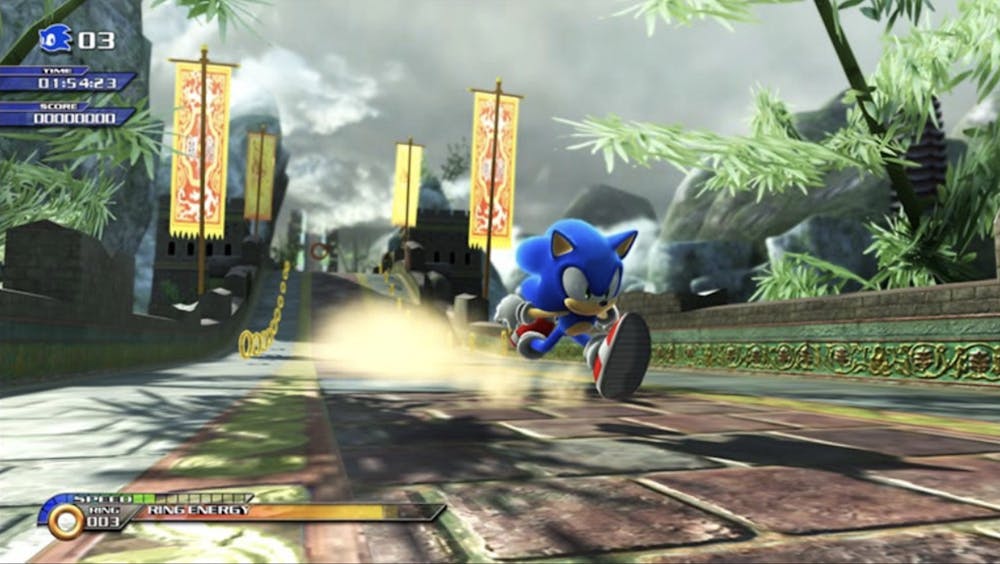Sonic the Hedgehog is a complicated franchise.
With few exceptions, such as the classic Sonic the Hedgehog 2 and relatively more recent Sonic Generations, there seems to be no style, era or formula to Sonic that unites the fanbase.
In an already contentious series, there seems to be one era that serves as a microcosm for its fanbase’s disagreements. That time period is the 2000s, which saw a release of multiple 3D platformers that even today, many can’t seem to find middle ground over.
There’s no way to claim that the 2000s were perfect for Sonic. The stains are unfortunately too ugly and noticeable to be ignored. Yet, as odd of an era as this was for Sonic, there’s still a lot to appreciate from a fan perspective.
One thing that particularly sticks out in 2000s Sonic games is its more serious approaches to storytelling. The releases weren’t exactly shifting its appeal to only older audiences and abandon the younger fanbase — with one slight exception being the game Shadow the Hedgehog — but instead, they attempted to connect the players with the characters more by including character development, larger stakes and more complex concepts while not being afraid to shy away from more mature topics. Not every game had a relatively serious story, and not every attempt to do so worked out. However, when modern Sonic narratives worked, they left an impact.
Sonic Adventure 2 introduced players to Shadow’s character, and his cool demeanor yet somber backstory immediately made him a fan favorite that would continue to make future appearances in the series. This is just one example from an era where Sonic games’ scripts left a lasting impact after the credits rolled. When heart like this is put into stories, it results in a more memorable experience.
From a gameplay and style standpoint, the only thing consistent about the 2000s was its inconsistency. Sonic Team was not afraid to experiment in this era, which resulted in a myriad of unique gimmicks in game releases. These didn’t always work, but it was sometimes neat to control Sonic with new mechanics not seen before. The Werehog in 2008’s Sonic Unleashed is often the most infamous example of these diverting styles, with many claiming that it’s a blemish on what could have been a much greater game. Yes, the slow, combat-focused Werehog stages are a bit jarring compared to the usual fast-paced platforming levels Sonic is known for, but this new element brought forth unique set pieces, an interesting story and for many, a pretty fun experience unique to this title. Like most Sonic games in the era, it’s flawed, but it left a positive impact on many players.
Sonic the Hedgehog is an imperfect video game franchise, and it’s still not completely clear in what direction it’s being taken in the future. Regardless of what style and tone the games take in the future, however, the 2000s still offer a unique take on the series.
Melody Feazell is a senior studying strategic communication at Ohio University. Please note that the views and opinions of the columnists do not reflect those of The Post. What are your thoughts? Tell Melody by tweeting them @MelodyFeaz.






